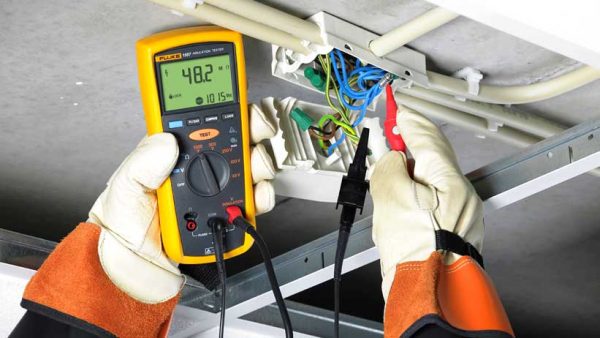In the realm of maintenance for electrical systems, insulation resistance testing plays a crucial role in ensuring safety, reliability, and operational efficiency. This article explores the significance of insulation resistance testing, its benefits, methods, and why it is essential for preventive maintenance strategies.
Read more about Energy
Understanding Insulation Resistance Testing
Insulation resistance testing is a technique used to measure the quality of insulation in electrical systems. It assesses the ability of insulation materials to resist the flow of current through them. This test is vital because it helps identify potential faults or degradation in insulation before they escalate into more significant issues such as short circuits, electrical shocks, or equipment failures.
Importance of Insulation Resistance Testing
- Ensures Electrical Safety: Faulty insulation can lead to electrical hazards such as short circuits or fires. Regular insulation resistance testing helps identify weak insulation before it compromises safety.
- Prevents Equipment Damage: Electrical equipment relies on insulation to function properly. Testing helps detect early signs of insulation deterioration, preventing costly damage to equipment.
- Increases System Reliability: By identifying and addressing insulation issues early, the reliability of electrical systems is improved, reducing unplanned downtime and operational disruptions.
- Compliance with Standards: Many industries have regulations requiring periodic testing to ensure compliance with safety and operational standards.
- Long-term Cost Savings: Investing in preventive maintenance, including resistance testing, can lead to significant cost savings by avoiding expensive repairs or replacements due to electrical failures.
Sign up for the Connect Nigeria daily newsletter
Methods of Insulation Resistance Testing
Insulation resistance testing can be conducted using various methods and equipment, depending on the type of electrical system and the environment. For those looking to equip their maintenance teams with reliable tools, exploring a wide range of insulation resistance testers can provide the necessary options for any scenario. Some common methods include:
- Spot Insulation Testing: A quick test to check insulation at a specific moment.
- Time-Resistance Testing (Time-Resistance Method): A method used for analyzing the behaviour of insulating materials over time.
- Step Voltage Testing: A method that involves gradually increasing the voltage applied to the insulation.
- Dielectric Absorption Ratio Testing (DAR): A test that evaluates the insulation’s ability to withstand prolonged high-voltage exposure.
Practical Applications
Insulation resistance testing is applicable across various industries and settings, including:
- Industrial Plants: Ensuring safety and reliability of machinery and equipment.
- Commercial Buildings: Checking electrical wiring and systems to prevent fires or electrical failures.
- Power Generation: Testing insulation in generators and transformers to maintain efficiency.
- Renewable Energy: Monitoring insulation in solar panels and wind turbines to maximize energy output.
Integration into Preventive Maintenance Programs
To maximize the benefits, it should be integrated into a comprehensive preventive maintenance program. Key steps include:
- Scheduled Testing: Regularly schedule tests based on equipment type, environmental conditions, and industry standards.
- Data Analysis: Analyze test results to identify trends or anomalies that could indicate insulation degradation.
- Documentation and Reporting: Maintain detailed records of testing procedures, results, and any actions taken. Reports should include recommendations for corrective actions if insulation resistance levels are below acceptable thresholds.
- Training and Awareness: Ensure that personnel involved in maintenance understand the importance of insulation resistance testing and are trained to perform tests accurately.
- Follow-up Actions: Implement corrective actions promptly for any identified insulation issues to prevent further deterioration or potential hazards.
Register to attend the CN Business Mixer
Conclusion
Insulation resistance testing is a critical component of preventive maintenance strategies for electrical systems. By proactively assessing the condition of insulation, organizations can enhance safety, prolong the lifespan of equipment, and optimize operational reliability. Investing in regular testing ensures compliance with safety standards and contributes to long-term cost savings and operational efficiency in various industrial and commercial sectors. As technology evolves, so do the methods and tools used for testing, reinforcing its role as an indispensable practice in modern maintenance practices.
Featured Image Source: Iconic Engineering
Got a suggestion? Contact us: [email protected]


